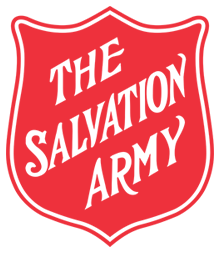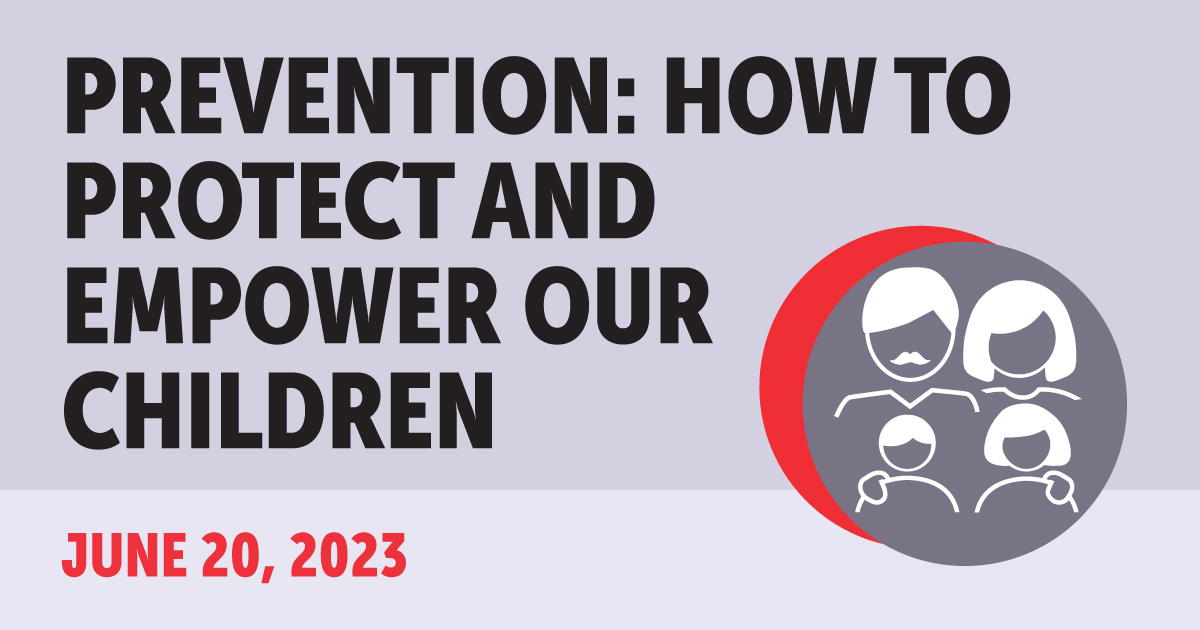Prevention: How to Protect and Empower our Children
Key Points:
- As parents, caregivers, guardian, and leaders – we have a responsibility to:
-
- Create a protective environment around children that fosters positive opportunities and asset growth in children.
- Create safety nets and protective structures where children know that they can get help when they need it and where they know that they are supported, loved, and accepted no matter what.
- Empowering children means helping them:
- To be aware and to partner with us as we work to keeping them safe
- To know their own rights and boundaries in order to have the confidence to speak up when those rights are violated
- Empowering children is about giving them knowledge, language, and tools for their protection and safety around the areas of body safety, pornography safety, and internet safety.
Training:
Introduction to MSHT Certificate – This certificate is composed of 8 modules that can be completed online at anytime, from anywhere for free and at your own pace. Each module consists of teaching videos while providing access to printable teaching notes and resources. In order to move on to the next module, a short multiple choice and true or false quiz is required to test the knowledge gain by each student. Individuals who successful complete each module will receive a Certificate of Completion. This certificate takes approximate 6.5 hours to complete.
Websites:
Kids in the Know - is the Canadian Centre for Child Protection’s national safety education program. The program engages students with interactive activities to help build skills that increase their personal safety and reduce their risk of victimization online and offline.
The National Center on Sexual Exploitation - NCOSE exists to build a world where people can live and love without sexual abuse and exploitation.
Thorn
Fight the New Drug hosts a wealth of resources and information on impact of pornography, geared toward high school age students and teens (but incredible for adults as well!) including many videos and the documentary, Brain Heart World, you can watch together.
YourBrainonPorn.com is a repository of latest research on pornography’s impact on the brain and other harms.
Protect Young Eyes – Provides many updates on current trends facing youth online, reviews of most apps and devices used by kids and instructions on using their built-in controls. Their Protect App was made for busy parents with bite-sized lessons, quick tips, and videos for kids.
The Reward Foundation: Love, Sex and the Internet – Find free lesson plans for the classroom on the subjects of internet pornography and sexting, as well as a wealth of other information about pornography’s impacts on health and relationships.
Educate and Empower Kids – Provides resources to help you guide your kids through the digital age.
Filters / Parent Controls:
Google Family Link - This is free, but not available for school-issued devices. *You should know that if your child is over 13, Google Family Link will allow them to opt out of parental controls, although you will be notified.
Bark - The Best Comprehensive Parental Control Tool for Families - Bark’s affordable, award-winning dashboard proactively monitors text messages, YouTube, emails, and 30+ different social networks for potential safety concerns, so busy parents can save time and gain peace of mind.
Circle Home Plus
Google Safe Search - This is the most basic tip for every family. It’s free, takes 30 seconds to set up, and it makes a huge difference in preventing accidental exposure to pornography.
Ray Lamont’s Resource List - Used in Pulling Together Her Session:
Ensure Justice (2022). “Empowering Young Children to Prevent Sexual Abuse; What Parents Need to Know”. https://www.youtube.com/watch?v=U7g3uWp7PnE
Ending Human Trafficking (2013) “Podcast 52: Cyber Exploitation: Prevention – Predict, Protect, Practice and Pray”. https://endinghumantrafficking.org/52/
Ending Human Trafficking (2011) “Podcast 12: How to Keep Kids Safe Online”. https://endinghumantrafficking.org/12/
Ending Human Trafficking (2013) “Podcast 52: Cyber Exploitation: Prevention – Predict, Protect, Practice and Pray”. https://endinghumantrafficking.org/52/
Ending Human Trafficking (2013) “Podcast 69: Cyber Crimes and Brittany’s Story”. https://endinghumantrafficking.org/69/
Kids in the Know (No Date) “Where to Begin and What to Discuss?” https://www.kidsintheknow.ca/app/en/parents
National Center on Sexual Exploitation (No Date) “Talk Today, Safer Tomorrow!: 10 Easy Conversation Starters”. https://endsexualexploitation.org/wp-content/uploads/Talk-Today-Safer-Tomorrow-TSA-2018.pdf
National Center on Sexual Exploitation (2020) “5 Things You Can Do to Ensure Your Children are Safe Online During Quarantine”. https://endsexualexploitation.org/articles/5-things-you-can-do-to-ensure-your-children-are-safe-online-during-quarantine/
Sanders, J. (2016) “My Body! What I say Goes!”.
Sanders, J. (2018). “Let’s Talk about Body Boundaries, Consent, and Respect”.
Thorn (2022). “Online Grooming: Examining risky encounters amid everyday digital socialization”. https://info.thorn.org/hubfs/Research/2022_Online_Grooming_Report.pdf







